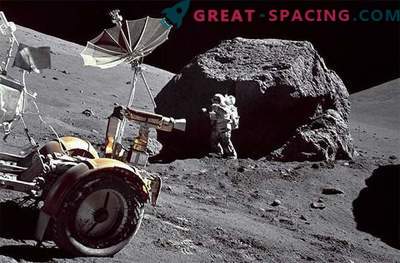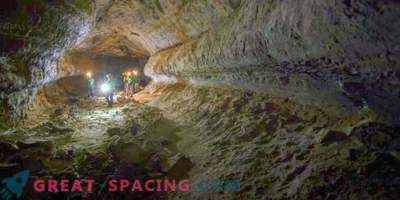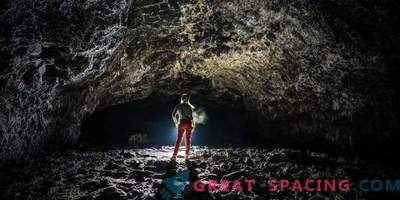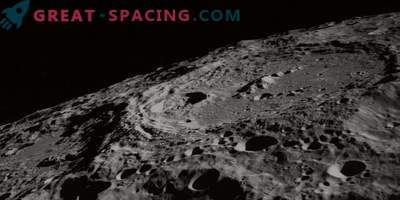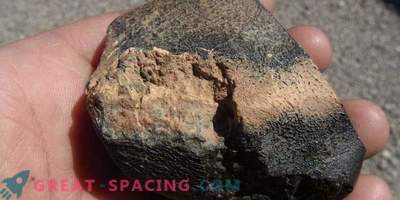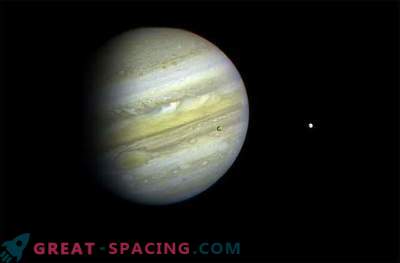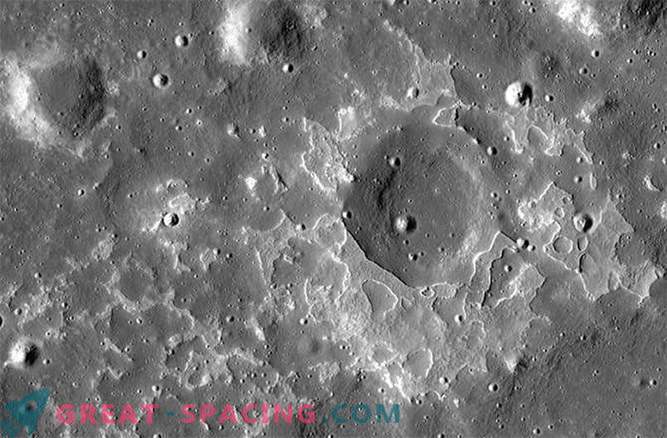
When you think of volcanic activity in the solar system, you can see pictures of some of the Earth’s volcanoes, as well as volcanoes located on Jupiter’s Io satellite, huge (but long-extinct) Mars volcanoes, and possibly even ice volcanoes believed , exist on the satellite of Saturn Titan.
But there was a time in the early history of the solar system, when lava poured from volcanic vents and other planets and their satellites, for example, the inner planet of our system of Mercury and even our own Moon.
Traditionally, it was believed that the volcanoes of the moon cooled for a long time - between 1 and 1, 5 billion years ago. But the recent discoveries of the Lunar Reconnaissance Orbiter show some areas where volcanic eruptions may have occurred much later, over the past 33 million years!
For us, the words “last” 33000000 years sound unusual, but according to the geological time scale, it is like an event that happened last week.
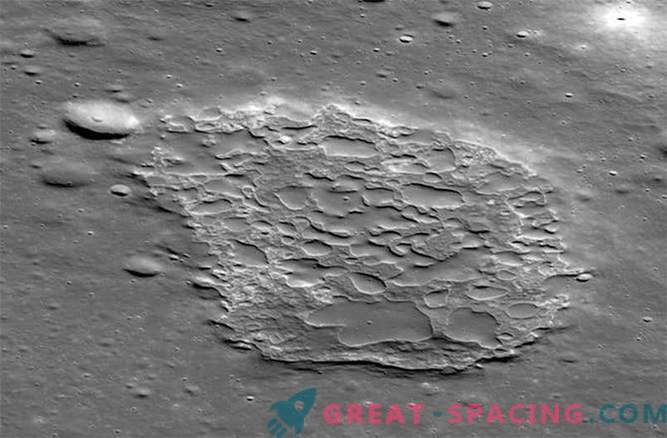
Angular view of a 2 km wide anomaly “Ina” from LRO. Visible towering hills and rough bottom hollows.
Small areas that are recent deposits of basaltic lava have been found in images taken with LROC on the visible side of the moon. These topographic anomalies, called “irregular mare patches”, or IMP, contain both rough and smooth surfaces on several craters larger than 20 meters (65 feet), indicating their young age. So far, 70 topographic anomalies (IMPs) have been identified, the most well-known of which (and the first one detected) is the “Ina” anomaly, detected by Apollo 15 from the lunar orbit. Having 2 km (1, 25 miles) across, “Ina” is not like any other region seen by Apollo astronauts, and was originally considered a ruined volcanic crater.
Now, after five years of observations by the LRO, scientists know that “Ina” is not a special anomaly, but rather one of the many anomalies (IMP) that indicate a much longer period of lunar volcanism, and possibly a higher temperature of the lunar bowels than previously thought.
“The discovery in this field of science will surely force geologists to rewrite textbooks about the moon,” said John Keller, an LRO scientist at Goddard Space Flight Center NASA.


